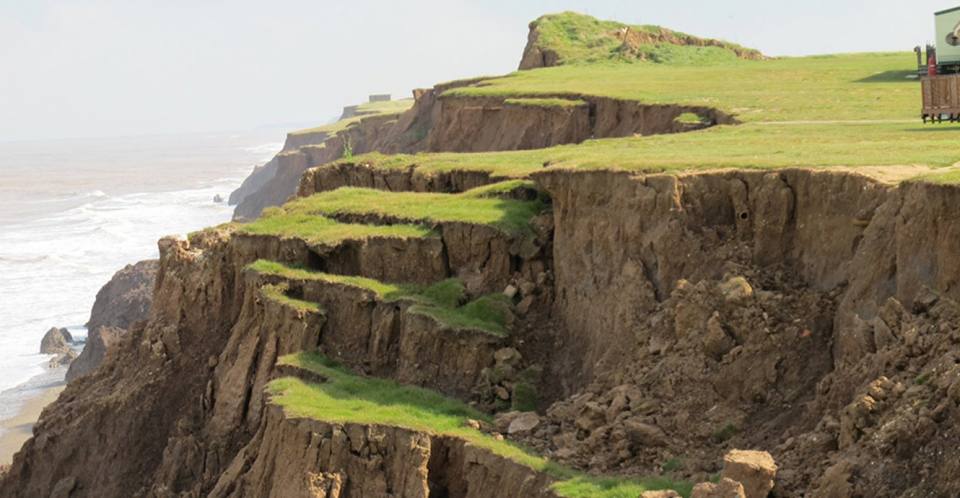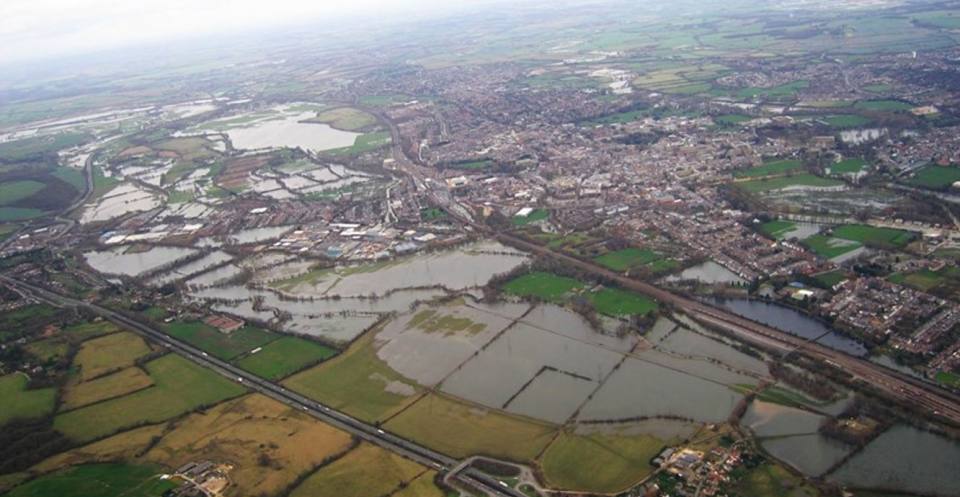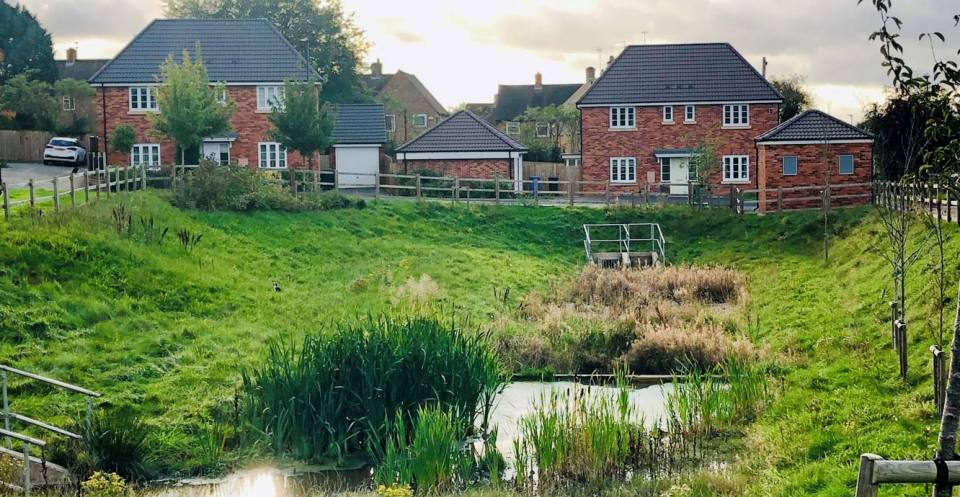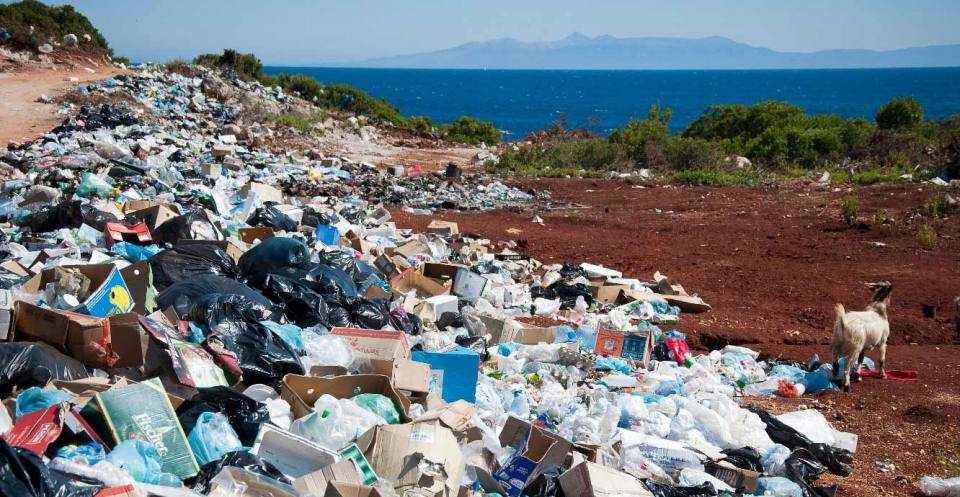Environmental understanding: adapting to a changing climate
From food security to mitigating geohazard risks, environmental understanding is essential for mitigation and resilience in a changing climate.
16/03/2021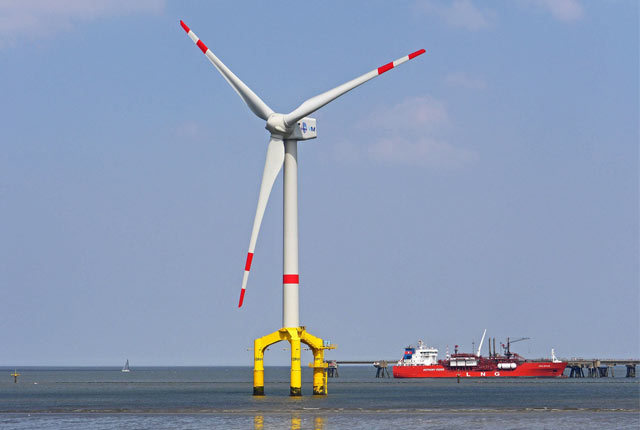
In 2020 the UK Prime Minister announced a plan for a ‘green industrial revolution’. Set out in a Ten Point Plan and a new Energy White Paper, the Government aims to deliver sustainable growth and a net-zero carbon emission economy by 2050.
The challenges and opportunities presented by this ambition are considerable. They will impact on all sectors of our economy, and on the lives and livelihoods of all UK citizens.
We at BGS have a vital role to play, from informing the location of offshore wind farms, to understanding the hazards associated with a changing climate, such as droughts and floods, and the security of water resources for all.
Offshore renewable energy
The British Government is aiming to have one third of the UK’s power provided through renewable energy sources by 2030, with offshore windfarms making a significant contribution to this transition.
It isn’t widely known that during the last ice age the seas surrounding the UK and Ireland were inundated by major ice sheets. As they melted, they left behind a complex array of sediments buried beneath the seabed which now form the foundations for these turbines.
To support the long-term sustainable development of these large, offshore projects, it is essential that we understand the complex landforms left by the ice sheets and the meltwater fed rivers, and how sea-level rise at the end of the ice age influences coastal change.
At BGS, we are integrating a range of geological datasets to develop process-based, landscape evolution “models” to understand the lasting changes these past environments have made on the sediments beneath the seabed. Using this research, we are providing the offshore renewables industry with the detailed geological information they need to design and locate windfarms in a sustainable way.
Shallow geohazard understanding for sustainable development
To achieve a world-class infrastructure that is sustainable requires an understanding of the susceptibility of shallow geological hazards (geohazards) to climate change. These hazards are capable of causing harm to both life and the built environment through their impact on land stability. They include landslides, sinkholes, piping, scour and collapsible soil, which commonly respond to changes in groundwater conditions.
Soil property related hazards such as compressibility, clay shrink-swell and the impacts of human use of the subsurface, such as mining, must also be understood, along with hydrohazards, such as flooding. The distribution of these geohazards corresponds closely with the underlying geology and each are sensitive to climatic conditions due to the role of groundwater or soil moisture in their activation. Modelling these geohazards is incredibly complex, and is made more difficult by extremes of climate.
BGS hosts geohazard databases and datasets that provide valuable information with respect to the distribution of the soils and ground conditions that potentially give rise to these events. Climate modelling enables scientists to assess the extent of any increased spatial and depth footprint of these hazards and to assist strategic planners to avoid them, which is the most efficient way to ensure sustainable development.
Where it is necessary for infrastructure to pass across ground that is susceptible to shallow geohazards, geophysical property data can be used to inform mitigation measures. Typically, this may require engineers to increase foundation depths; introduce additional reinforcement, or increase drainage, or slope reduction to maintain slope stability.
The urban environment
Urban areas in the UK only cover about eight per cent of the land but are home to approximately 80 per cent of our population. This places significant pressure on space and natural resources. The question we must ask ourselves is whether the city of today provides a useful benchmark to respond to these pressures and meet our commitments to climate action and the sustainable development goals. In truth we will have to design our cities differently such that we are living more in harmony with the natural environment, including how cities utilise the subsurface.
Through the development of 3D urban geology models we are helping to identify how the ground can be used to make our urban areas more resilient and sustainable. This includes:
- research on the implementation of sustainable drainage systems to help increase urban greening and manage surface water flooding
- evaluating the potential of the ground for underground development so that the land surface in cities can be preserved to support the design of garden cities
- assessment of the influence of geology on heat loss from buildings
The Anthropocene
The Anthropocene is used to describe the most recent period in Earth’s history when human activity started to have a significant impact on the Planet’s climate and ecosystems. When humans become extinct we will undoubtedly leave a trace in the geological record, including boreholes, tunnels and caverns, waste and resource storage facilities, mineral workings, military test traces and plastic.

BGS has calculated the mass of anthropogenic deposits in Greater London to be around 6 billion tonnes. Source: Alexander London / Unsplash
At BGS we are working on ways of measuring human impact with the aim of providing mitigation strategies. For example, we calculated the weight of London to help understand the loading that causes local compaction and regional subsidence (a major concern during a time of rising global sea level).
By looking at the geological deposits (non-anthropogenic deposits) and overlying buildings (anthropocene deposits), we calculated the mass of anthropogenic deposits in Greater London to be around six billion tonnes. In another study we showed that mineral extraction for human use causes around 316 Gigatons (316 000 000 000 tons) of sediment and dust to be moved around the world, a figure more than 24 times greater than the sediment supplied annually by the world’s major rivers to the oceans.
As nations progress along a developmental continuum so their waste chemical signatures rise and fall. BGS have been comparing human impact in sediment cores from London, Kenya and Vietnam by measuring diagnostic organic compounds from coal and wood burning, vehicle exhaust, sewage, pharmaceuticals, electronics, deforestation and microplastics. These profiles are compared to toxicity bioassays and soil/sediment guidelines in order to mitigate ecologically adverse effects of a changing cocktail of chemical inputs.
Secure water for developing countries
For much of the world, climate change is manifested as a water crisis. Changes in the climate are leading to shifts in rainfall patterns and evaporation – increasing the demand for secure water for drinking, industry and irrigation. Floods and droughts are also becoming more common and severe.
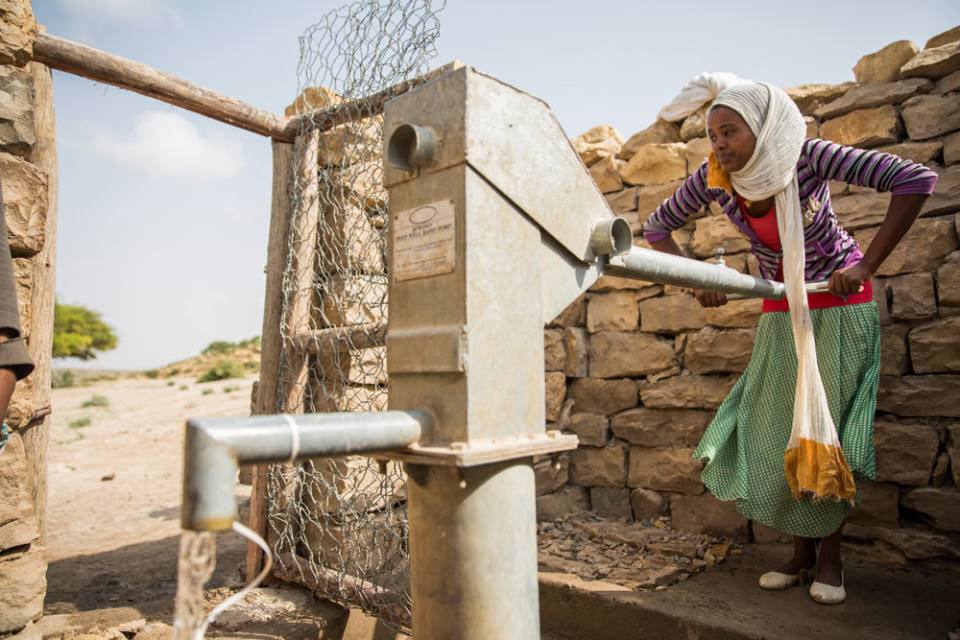
A communal hand pump in Ethiopia. Source: ©UNICEF Ethiopia/2016/Zerihun Sewunet
For many countries, solutions will focus on developing more resilient water resources and infrastructure, and better flood protection and forecasting, increasingly using nature-based solutions. In poorer parts of the world where large scale water storage and reticulation is difficult, BGS research has been showing that further development and protection of groundwater resources holds the key to adaptation. For example, during recent severe droughts in east Africa, communities that had access to reliable groundwater supplies were more resilient, spending less time collecting water and having more secure livelihoods.
The geology beneath our feet has a crucial element in meeting our sustainable futures. From urban infrastructure and food security to siting windfarms and mitigating risks associated with geohazards, environmental understanding is essential for mitigation and resilience in a changing climate.
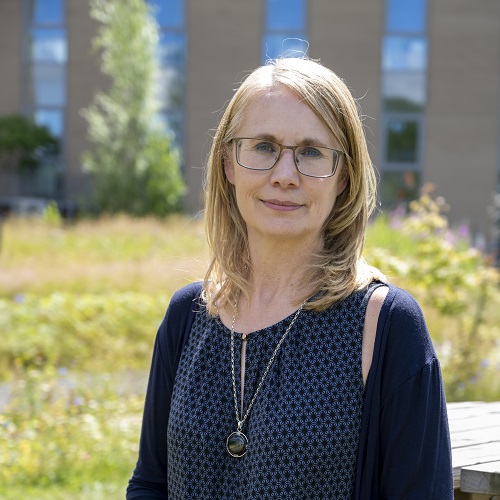
Prof Melanie Leng
BGS Chief Scientist, environmental change, adaptation and resilience
Relative topics
Related news
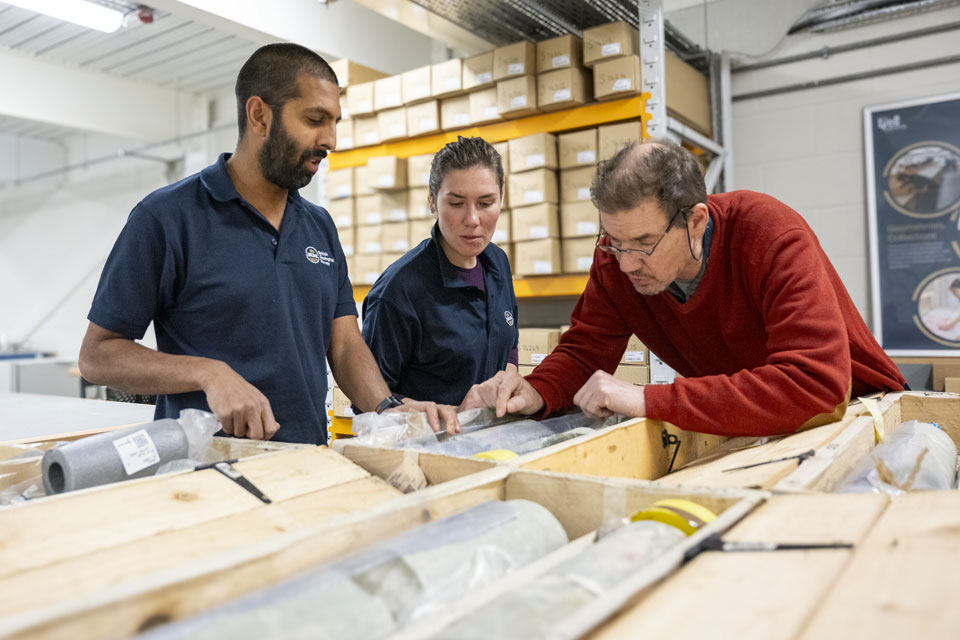
Scientists gain access to ‘once in a lifetime’ core from Great Glen Fault
01/12/2025
The geological core provides a cross-section through the UK’s largest fault zone, offering a rare insight into the formation of the Scottish Highlands.
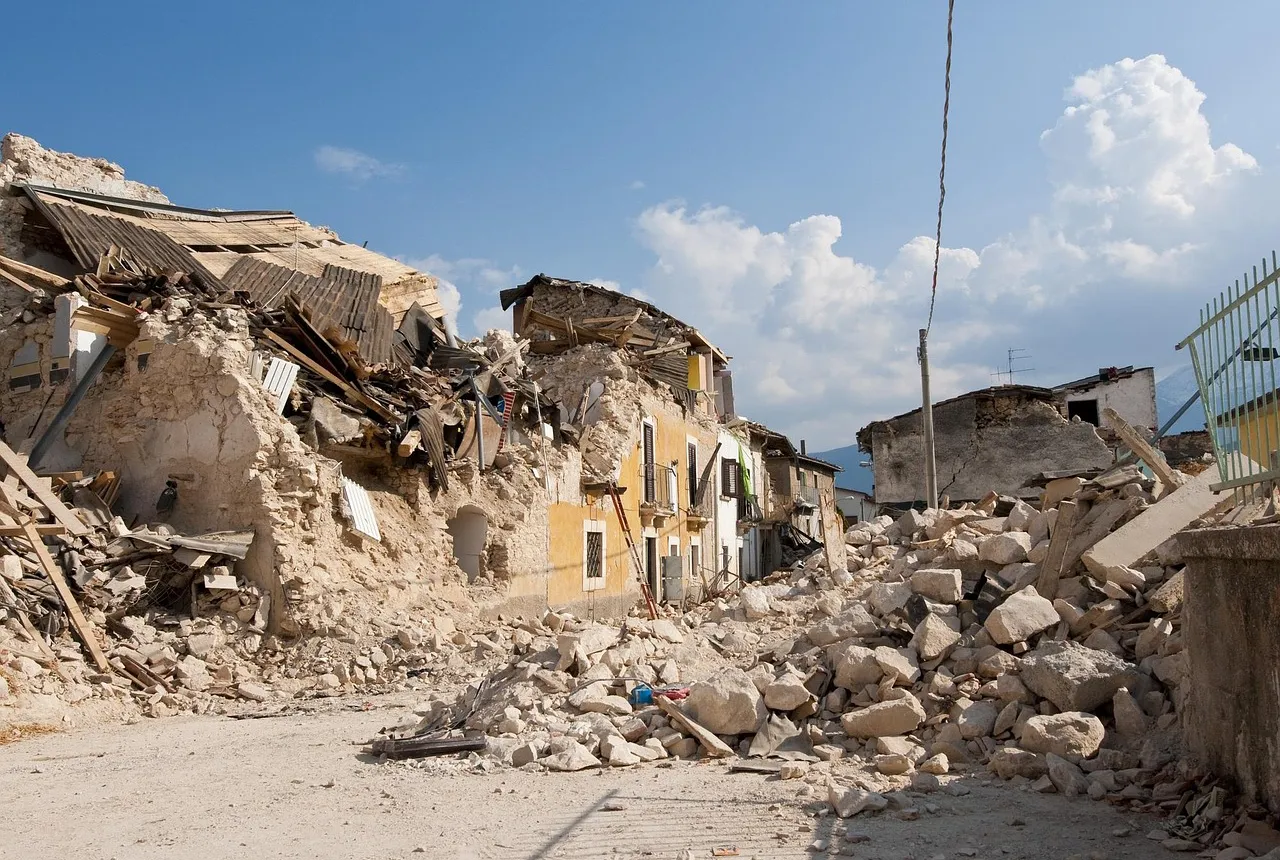
New research shows artificial intelligence earthquake tools forecast aftershock risk in seconds
25/11/2025
Researchers from BGS and the universities of Edinburgh and Padua created the forecasting tools, which were trained on real earthquakes around the world.
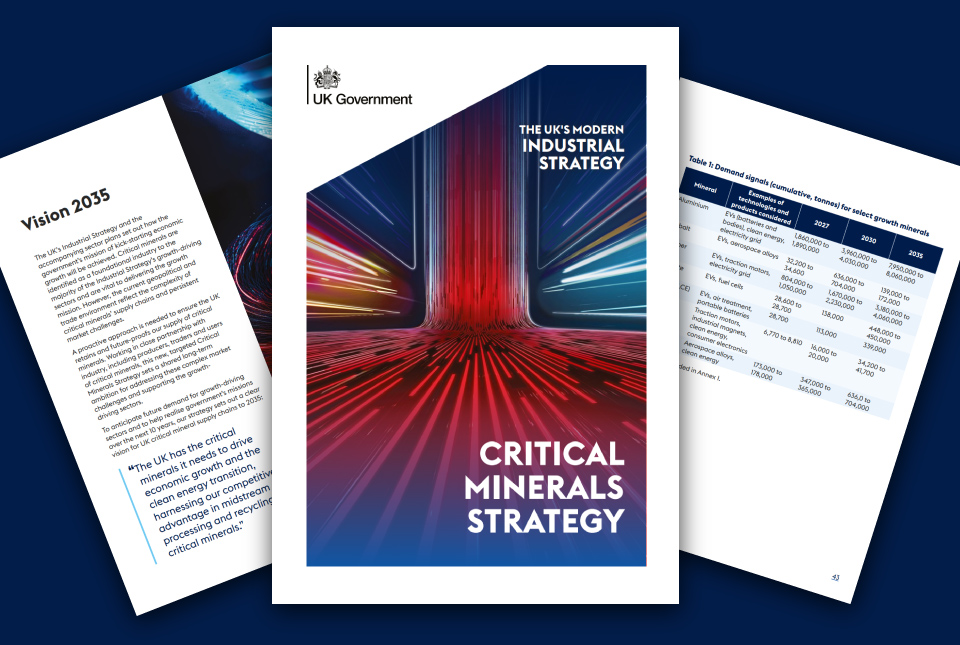
BGS welcomes publication of the UK Critical Minerals Strategy
23/11/2025
A clear strategic vision for the UK is crucial to secure the country’s long-term critical mineral supply chains and drive forward the Government’s economic growth agenda.
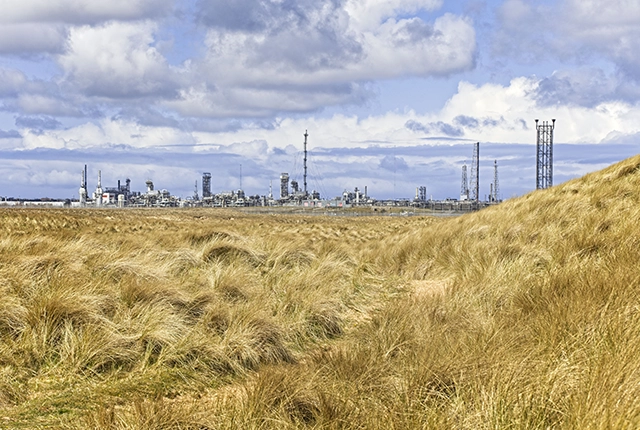
New funding awarded for UK geological storage research
21/11/2025
A project that aims to investigate the UK’s subsurface resource to support net zero has been awarded funding and is due to begin its research.

UK braced for what could be the largest solar storm in over two decades
12/11/2025
Intense geomagnetic activity could disrupt technology such as communication systems, global positioning systems and satellite orbits.
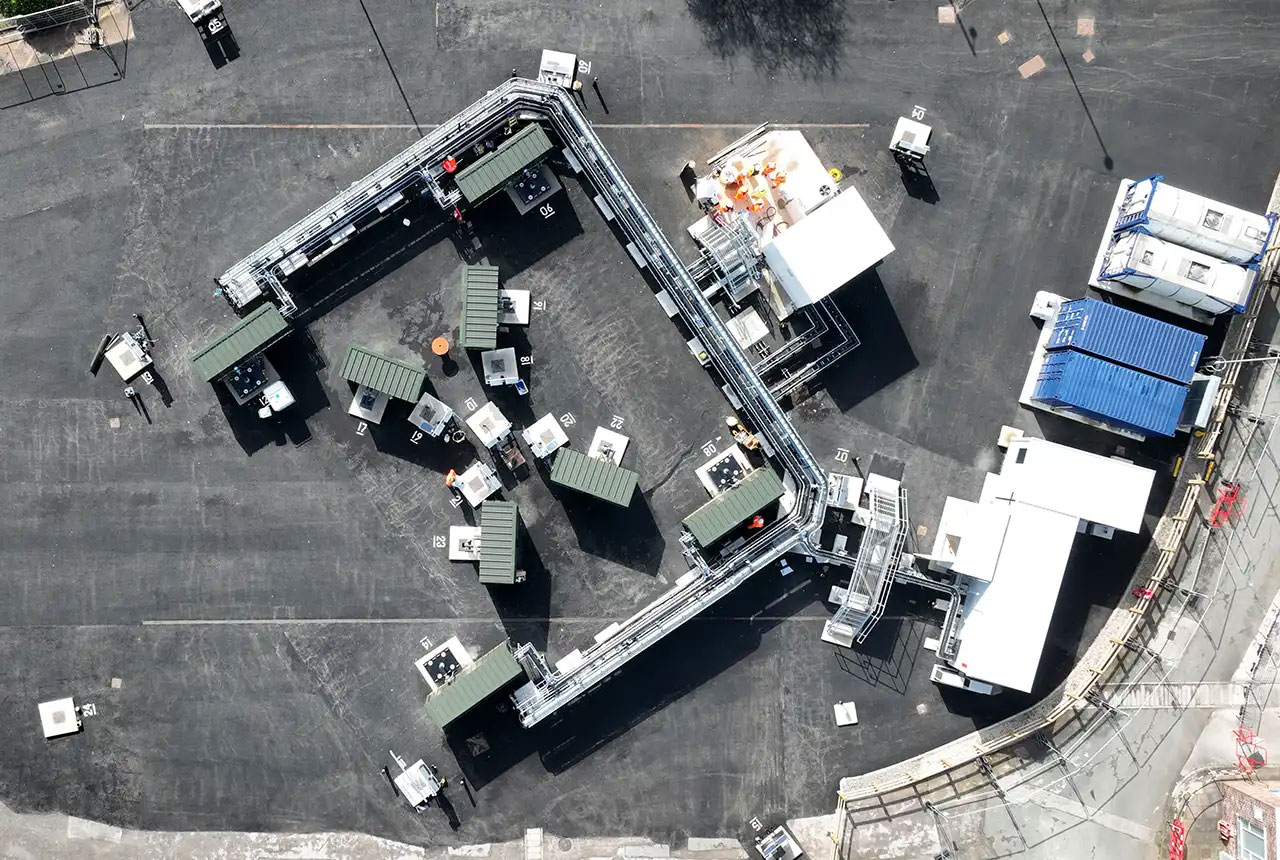
First distributed acoustic sensing survey completed at UK Geoenergy Observatory
12/11/2025
New research at the Cheshire Observatory has shown the potential for mapping thermal changes in the subsurface using sound waves.
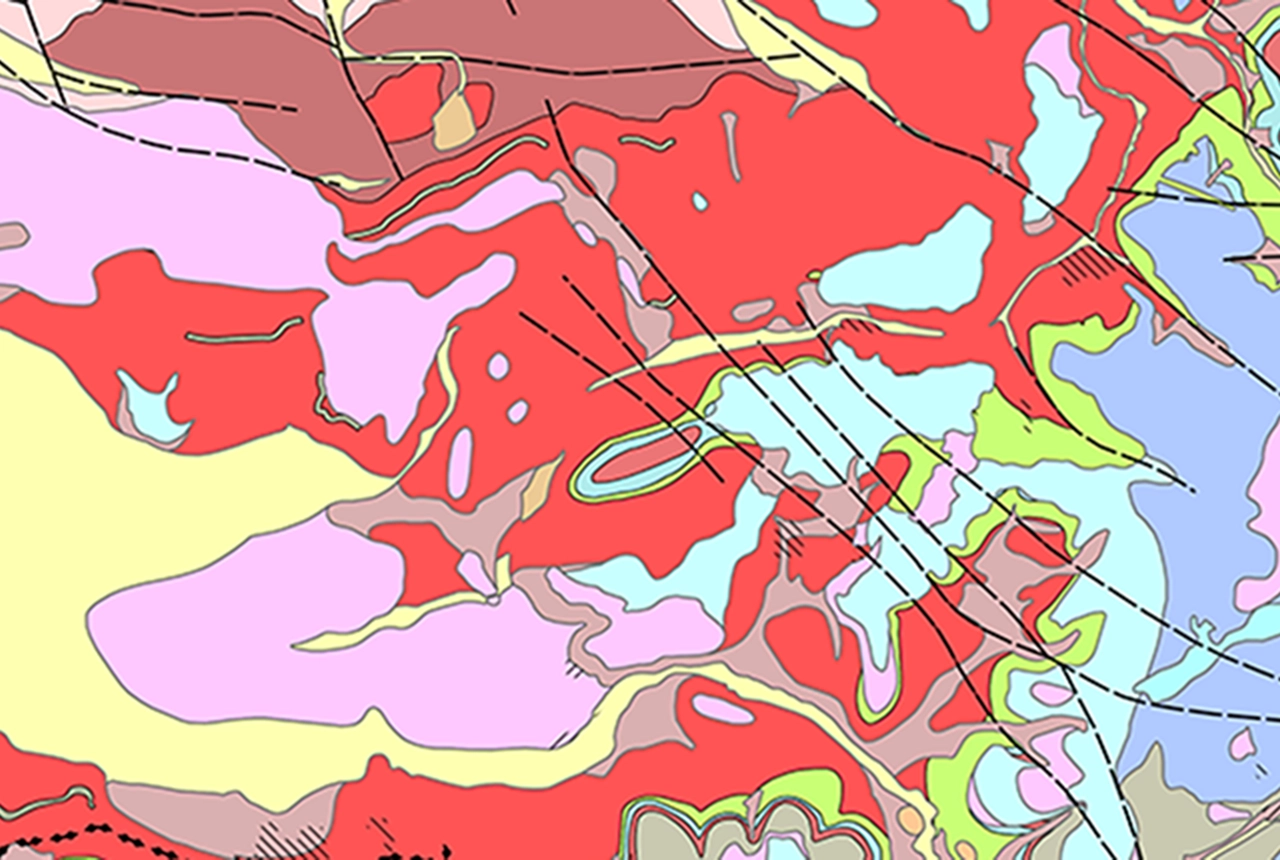
Latest BGS Geology 50K mapping data launched
06/11/2025
Some of our most widely used maps have received a major update, including the 1:50 000-scale map series that now includes enhanced coverage of Great Britain.
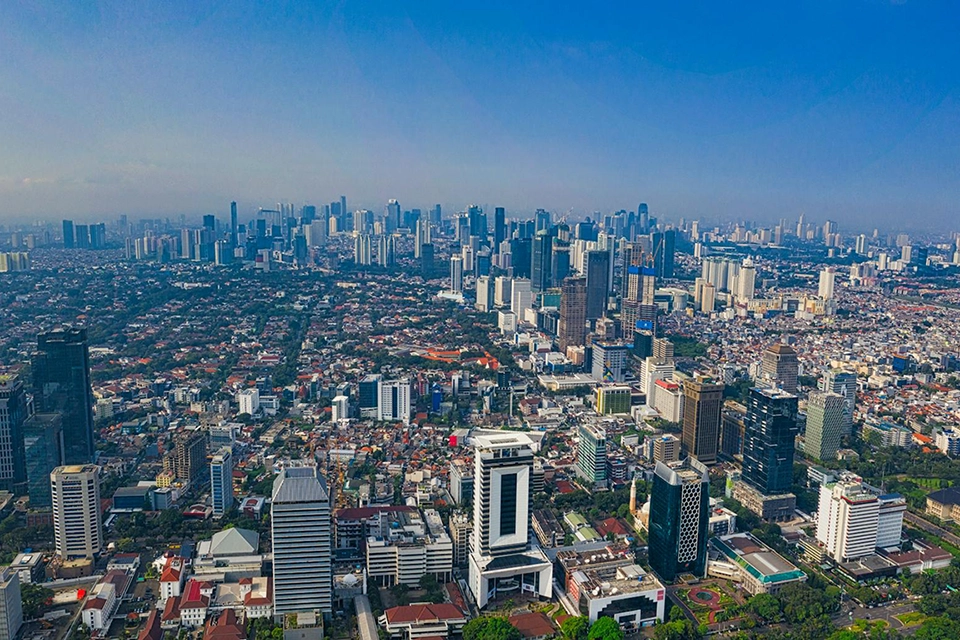
New research highlights significant earthquake potential in Indonesia’s capital city
04/11/2025
Research reveals that a fault cutting through the subsurface of Jakarta could generate a damaging earthquake of high magnitude.

World Cities Day: the geological story of our cities
31/10/2025
Understanding the rocks that underlie our towns and cities, the risks they can present and how they influence urban planning and redevelopment.
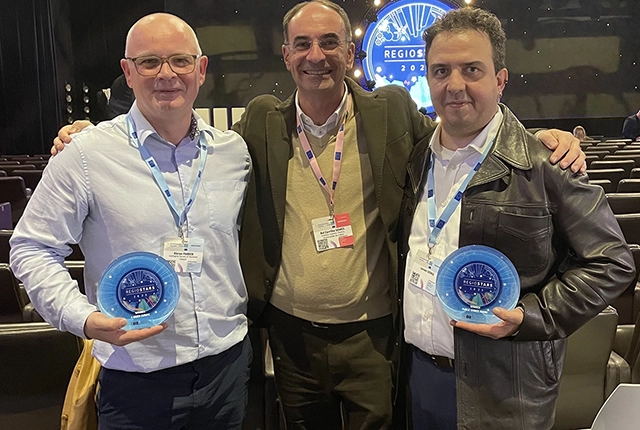
GSNI project wins multiple awards at RegioStars event
17/10/2025
The AGEO project enjoyed a double success at the RegioStars awards, hosted at the European Commission in Brussels.
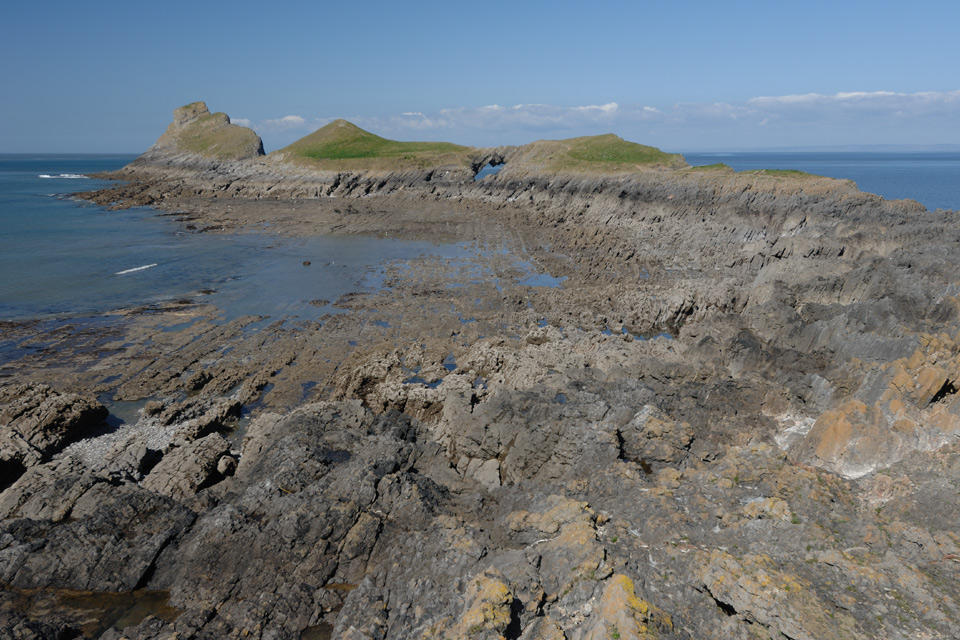
Extended seabed geology map of the Bristol Channel published
07/10/2025
BGS has released significantly extended high-resolution maps that will support offshore green-energy initiatives in the area.
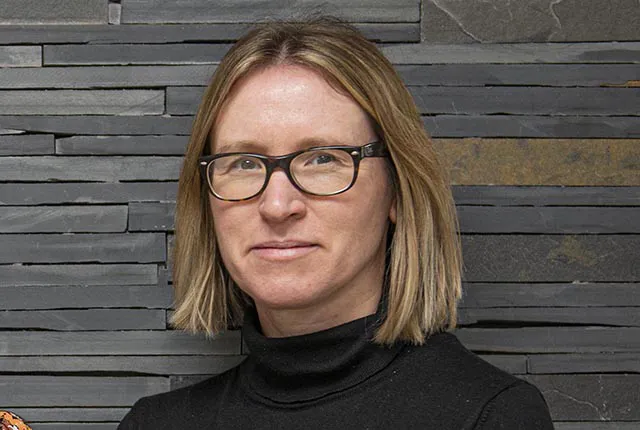
Dr Angela Lamb appointed as honorary professor by the University of Nottingham
02/10/2025
Dr Lamb will take up the position of honorary professor of environmental geochemistry, with a focus on collaborative research.



